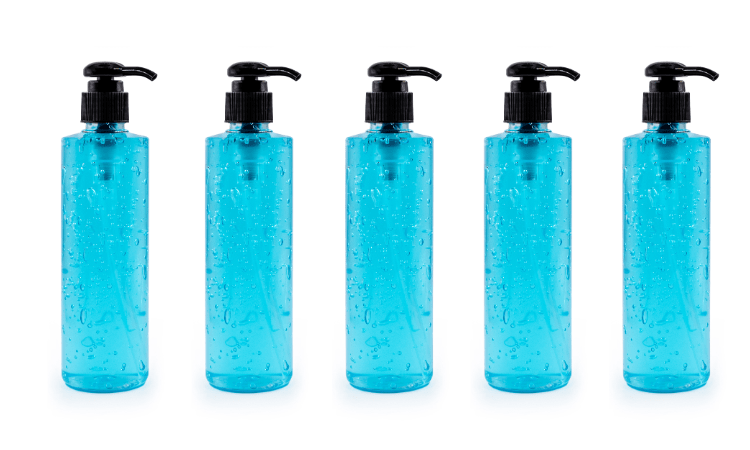Testing Isopropyl Alcohol in Disinfectants: Safe Use
Isopropyl Alcohol Efficacy Test

Isopropyl Alcohol Testing in Disinfectants and Guide for Safe Use
Isopropyl alcohol (IPA), one of the active ingredients commonly used in disinfectants , is known as an effective substance against microorganisms. Isopropyl alcohol, which is widely preferred especially in hand sanitizers, is safe when used in the right proportions; however, excessive or improper use may carry health risks. Isopropyl alcohol tests are of great importance for the safe use of disinfectants. Here's what you need to know about testing isopropyl alcohol content in disinfectants and its safe use:
What is isopropyl alcohol and why is it used?
Isopropyl alcohol is an antiseptic agent effective against microorganisms such as bacteria, viruses and some types of fungi. It has the highest disinfection effect when used at 60-80%. This ratio disrupts and neutralizes the cell membranes of microorganisms. Excessively high or low levels may reduce the disinfecting effect or cause skin irritation and sensitization.
Testing Isopropyl Alcohol Ratio in Disinfectants
Chemical analyzes are performed to measure the isopropyl alcohol content in the disinfectant. These analyzes are carried out in the laboratory environment with special test kits or devices such as spectrophotometers.
- Spectrophotometry Test: Alcohol concentration is calculated according to how the disinfectant sample absorbs light.
- GC-MS (Gas Chromatography - Mass Spectrometry) Test: A more sophisticated method that provides precise and accurate detection of chemical components.
- Simple Methods: Test kits, available in pharmacies or from chemical suppliers, can help to quickly determine the percentage of isopropyl alcohol.
Usage Recommendations by Isopropyl Alcohol Concentration
- 60-70%: Ideal concentration for hand and surface disinfectants. Provides disinfection by effectively breaking down the cell membranes of microorganisms.
- 70-80%: Preferred in surgical environments or areas requiring high disinfection.
- 90% and above: Due to the high evaporation rate, the disinfection effect is reduced, so it is preferred only in some special laboratory and industrial processes.
Considerations for Safe Use
- Skin Contact: Products with a high concentration of isopropyl alcohol may cause skin dryness and irritation . You can use moisturizing products to protect your skin.
- Ventilation: Isopropyl alcohol vapor may cause respiratory irritation. Therefore, pay attention to ventilation, especially when using disinfectants in closed environments.
- Flammability Risk: Isopropyl alcohol is flammable; keep away from sources of fire or sparks. Do not use in areas where smoking or fire sources are present.
- Keep out of the reach of children: Keep disinfectants in a safe place in case children accidentally swallow them or get them on their skin.
Right Awareness and Safe Product Choice
- Avoid buying disinfectants from unreliable or unreliable brands with isopropyl alcohol content.
- The presence of a Ministry of Health approval or an international standard certificate on the product label increases the reliability of the product.
Nanolab Laboratories Group continues to provide services within the scope of Isopropyl Alcohol Testing in Disinfectants. We also provide services in the determination of Chlorhexidine Digluconate in Biocidal Products.
Contact us for more information.
You can follow us on LinkedIn for up-to-date news and posts about our services.
Follow our Instagram account to be informed about our latest blog posts.

